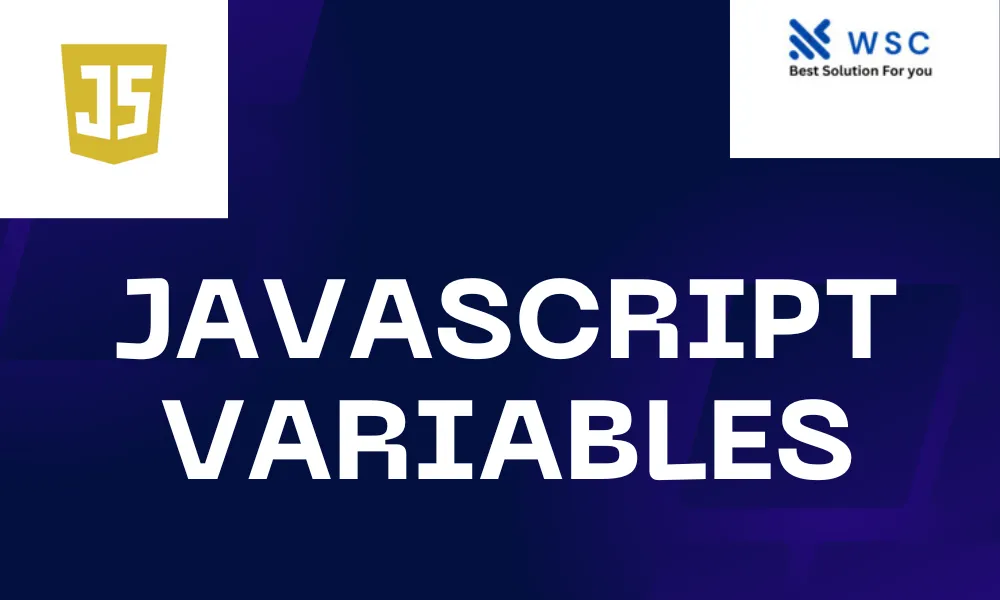JavaScript, often referred to as the language of the web, plays a crucial role in making websites dynamic and interactive. One fundamental concept in JavaScript is the use of variables. In this article, we will explore what variables are, how to declare and use them, and provide some practice code for hands-on learning.
What is a JavaScript Variables?
In the realm of programming, a variable serves as a storage container designed to retain a specific value. This value can be of various types, such as numbers, strings (text), or even more complex data structures. In our programs, variables enable the storage and manipulation of data.
Declaring Variables
To use a variable in JavaScript, we need to declare it first. Declaration is the process of telling the computer that we want to set aside a space in memory to store a particular piece of information.
Example:
// Declaring variables using the 'var' keyword
var age;
// Declaring and initializing a variable with a value
var name = "John";
In the above example, we declared a variable named age without assigning any initial value. We also declared and initialized a variable named name with the value “John”.
Variable Naming Rules
When naming variables, it’s essential to follow certain rules:
- Variable names can only contain letters, numbers, underscores (_), or dollar signs ($).
- They must begin with a letter, underscore, or dollar sign.
- Variable names are case-sensitive, meaning
ageandAgewould be treated as different variables.
// Valid variable names
var myVariable;
var user_age;
var $price;
// Invalid variable names
var 1stPlace; // Cannot start with a number
var user@name; // Special characters like '@' are not allowed
Data Types
JavaScript supports various data types, and variables can hold different kinds of values.
- String: Text or characters, enclosed in quotes.
var greeting = "Hello, World!";
- Number: Numeric values, can be integers or floating-point numbers.
var age = 25;
var price = 19.99;
- Boolean: Represents either
trueorfalse.
var isAdult = true;
- Array: An ordered list of values.
var colors = ["red", "green", "blue"];
- Object: A collection of key-value pairs.
var person = { name: "Alice", age: 30, isStudent: false };
Practice Code
Let’s put our knowledge into practice with a simple JavaScript program:
// Declare variables
var firstName = "John";
var lastName = "Doe";
var age = 28;
var isStudent = false;
// Display information
console.log("Name: " + firstName + " " + lastName);
console.log("Age: " + age);
console.log("Is a student? " + isStudent);
In this example, we declared variables for a person’s first name, last name, age, and student status. We then used the console.log function to display this information in the console.
Conclusion
Understanding JavaScript variables is a crucial step in learning the language. Variables allow us to work with and manipulate data, making our programs dynamic and responsive. By following the basics covered in this article and practicing with simple code examples, you are on your way to becoming proficient in JavaScript programming. Happy coding!
- Check our tools small Tools
- Check our tools website Word count




